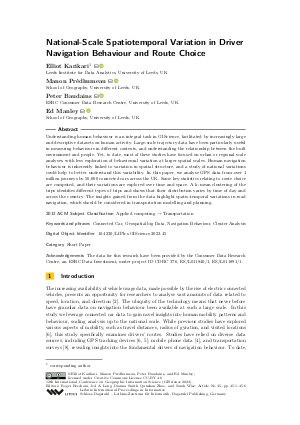LIPIcs.GIScience.2023.45.pdf
- Filesize: 1.52 MB
- 6 pages

 Creative Commons Attribution 4.0 International license
Creative Commons Attribution 4.0 International license









Feedback for Dagstuhl Publishing